Ghost in The Shell- one of the most enduring franchises in Anime history, spawning the superb movie (which everyone should watch) and the great anime series (and its even bettwe sequel 2nd GIG). Now finally, a new generation will have a chance to become aquainted with an excellent franchise.
Well, it’s hard to tell so far but it does seem to have the cool, melancholy tone of the original film (although no CGI could match up to its beauty of course), and it definately has a Japanese cyberpunk thing going on. Motoko displays far more emotion than any of her other counterparts- including the hard to read film version and the seasoned, in control leader of the anime- but that not be a bad thing. Although I love the Major, a criticism is that she is a bit too perfect and can seem flat because she never really goes through any character arcs (for the record I love the Major). Maybe a Major with more of an emotional arc will make her more compelling as a lead.
I’m not sure how I feel about its white washing. On the one hand, it is great that we’re getting another female lead action franchise and that Ghost In The Shell- an absolutely amazing series- is being brought to a new generation. This could help the franchise assert itself in popular culture once more AND it will help increase the sales of the original series and maybe even increase interest in Asian media. But now anime (with a few exceptions like Madoka and Stein’s Gate) seems to have devolved into Harem wish fulfillment fantasy,Moe, ginormaboobs and yaoi bait, I’m not sure that’s entirely a good thing. But I digress.
However, looking at the cast it’s still pretty white. I understand the argument that Hollywood needs a big name it feels safe with to headline the movie and that’s why it chose Johansson. I don’t agree, but understand. But this shouldn’t mean that the supporting cast shouldn’t be predominatly Asian- yet Batou and almost all of the support are white. The only character who is currently named that is played by an Asian actor is Daisuke, the leader who is never really part of the action. He could risk falling into the role of promoted to obscurity (when they have a POC who’s really high up, but is so high up that they have little characterization and are not involved with any of the important action.) Or being the calm, magical Asian.
This is frustrating because even after the last Oscar fiasco, and with so few roles for Asians to prove themselves in, we have a film set in Japan which is yet again devoid of any Asians. There’s an arguement for Scarlett Johansson as the lead (being the sole female lead of one of the biggest action franchises), but not on this scale. Besides, when I see an Asian film with a bunch of white people, it really does kind of give me a bit of a weeaboo feel.
One thing that should be noted though, is that a lot of people in Japan don’t actually care that much about it being played by a white person. They seem just as bemused about the idea of a Chinese American (Lucy Liu) playing a Japanese character and appear to roll their eyes at how Hollywood it looks. This is probably to do with the fact that they grow up in Japan with their own thriving tv shows and media featuring Japanese people, so of course representation and the problem of Japanese actors being denied work is alien to them.
All in all, it’s hard to tell whether it’ll be good or bad, but I’ll see it to support the franchise, and to prove again that a female lead action franchise is not a risk at all (but bad writing a la Catwoman is). And maybe if this becomes a hit, we’ll get more like it. In the mean time, I’d like to leave us with the greatest animated sequence ever put to film, so we can remember why this franchise is so beloved:
However, I’m not Asian so it’s not my thoughts which count. If anyone else has anything to say about this please feel free to post in the comments.




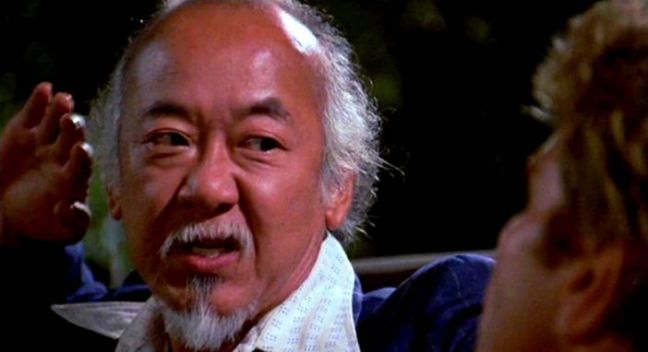







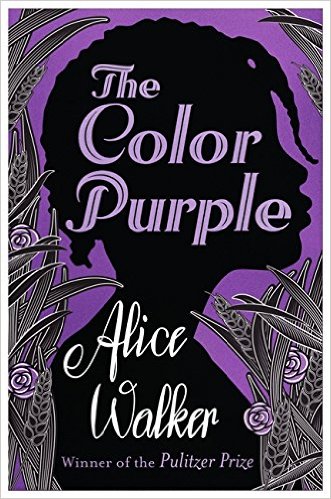 I originally thought I was going to make it To Break The Demon Gate, but as soon as I read the Color Purple I realized it couldn’t be anything else. A heart wrenching story of oppression, love, the importance of education and friendship seeing you through adversity. I said everything I needed to say about this book in my review
I originally thought I was going to make it To Break The Demon Gate, but as soon as I read the Color Purple I realized it couldn’t be anything else. A heart wrenching story of oppression, love, the importance of education and friendship seeing you through adversity. I said everything I needed to say about this book in my review 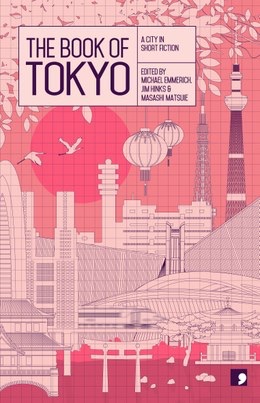 This was definitely the most difficult category to choose because I’ve read so many superb 5 star short stories this month. However, the stand out had to be Mummy by Banana Yoshimoto which was found in a compilation of short stories by Japanese authors called The Book Of Tokyo. Banana Yoshimoto is currently one of the most acclaimed authors of Japanese fiction, and from reading this short story it’s easy to see why.
This was definitely the most difficult category to choose because I’ve read so many superb 5 star short stories this month. However, the stand out had to be Mummy by Banana Yoshimoto which was found in a compilation of short stories by Japanese authors called The Book Of Tokyo. Banana Yoshimoto is currently one of the most acclaimed authors of Japanese fiction, and from reading this short story it’s easy to see why.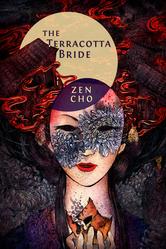 between the supernatural politics of the Mercy Thompson series and the science fiction reimagining of the Himba people in Binti; I thought I had finally decided on Binti, but then I read the Terracotta Bride. The Teracotta Bride gives us an in depth look at the Chinese/ Malaysian afterlife,a world with ten levels of hell where wealth is gained by corrupt methods and from paper burnt by the deceased’s ancestors. As well as giving us a fully realized interpretation of that world, it also points out its flaws (that even though the rest of the world’s evolved, the afterlife still possesses a medieval view of the role of women); it also asks some interesting new questions about this world like ‘are those paper servants created to serve their master sentient?’ or ‘what happens to the Teracotta Soldiers after their master’s reincarnated?’ On top of that, it even brings in a little speculative fiction element with the same principle used to created the Terracotta Soldiers is used to create a robot servant? What happens to a robot in the afterlife? Does it have a soul?
between the supernatural politics of the Mercy Thompson series and the science fiction reimagining of the Himba people in Binti; I thought I had finally decided on Binti, but then I read the Terracotta Bride. The Teracotta Bride gives us an in depth look at the Chinese/ Malaysian afterlife,a world with ten levels of hell where wealth is gained by corrupt methods and from paper burnt by the deceased’s ancestors. As well as giving us a fully realized interpretation of that world, it also points out its flaws (that even though the rest of the world’s evolved, the afterlife still possesses a medieval view of the role of women); it also asks some interesting new questions about this world like ‘are those paper servants created to serve their master sentient?’ or ‘what happens to the Teracotta Soldiers after their master’s reincarnated?’ On top of that, it even brings in a little speculative fiction element with the same principle used to created the Terracotta Soldiers is used to create a robot servant? What happens to a robot in the afterlife? Does it have a soul?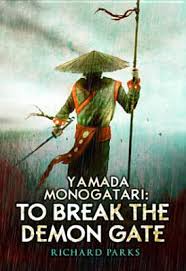
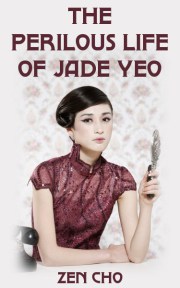 It was either Jade, Sofia or Cyan from
It was either Jade, Sofia or Cyan from  I really, really try not to nominate the same book for every category, but I couldn’t read The Color Purple and say it’s not the best thing I’ve read all month and that it doesn’t include the best POC portrayal in literature; because it is one of the most revolutionary portrayals of African American women ever written, so much so that it garnered praise from Oprah Winfrey (who ended up playing Sofia) and Lenny Henry.
I really, really try not to nominate the same book for every category, but I couldn’t read The Color Purple and say it’s not the best thing I’ve read all month and that it doesn’t include the best POC portrayal in literature; because it is one of the most revolutionary portrayals of African American women ever written, so much so that it garnered praise from Oprah Winfrey (who ended up playing Sofia) and Lenny Henry.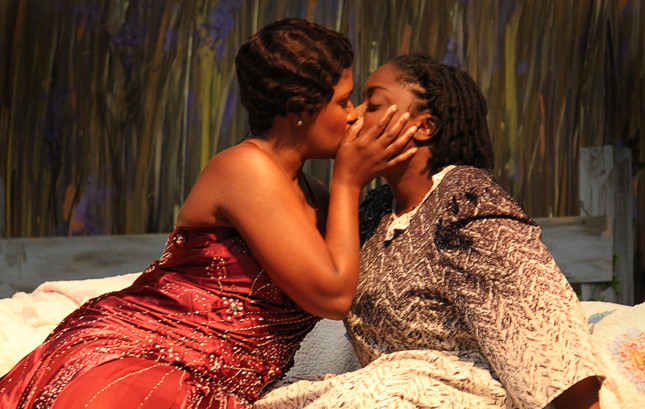 Before Pam Grier’s portrayal of Kit Porter in The L word and Orange Is The New Black came on the scene, The Color Purple’s Celie and Shug Avery were two of the very few portrayals of black lesbians and bisexuals in the media.
Before Pam Grier’s portrayal of Kit Porter in The L word and Orange Is The New Black came on the scene, The Color Purple’s Celie and Shug Avery were two of the very few portrayals of black lesbians and bisexuals in the media.















 This kindle exclusive is a simple version of a popular Japanese fairy tale aimed at young children. The original fairy tale itself is popular in Japan for good reason, as it has all the storytelling ingredients we expect from a good fairy tale; we have the protagonist rewarded for an act of kindness; the mystery and magic; the hero being warned never to do something, which you know they will do in the end, and the tension throughout the story of waiting for the inevitable to happen.
This kindle exclusive is a simple version of a popular Japanese fairy tale aimed at young children. The original fairy tale itself is popular in Japan for good reason, as it has all the storytelling ingredients we expect from a good fairy tale; we have the protagonist rewarded for an act of kindness; the mystery and magic; the hero being warned never to do something, which you know they will do in the end, and the tension throughout the story of waiting for the inevitable to happen.